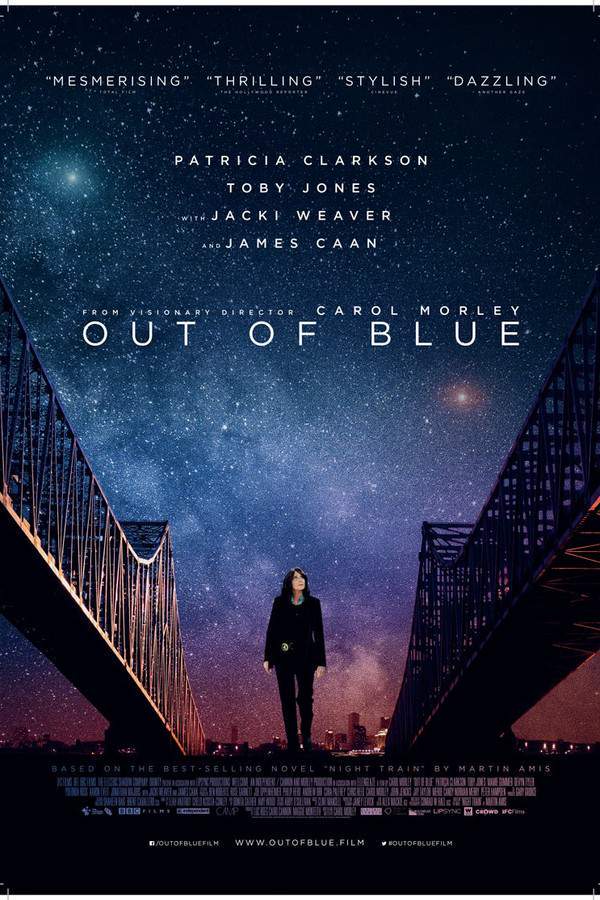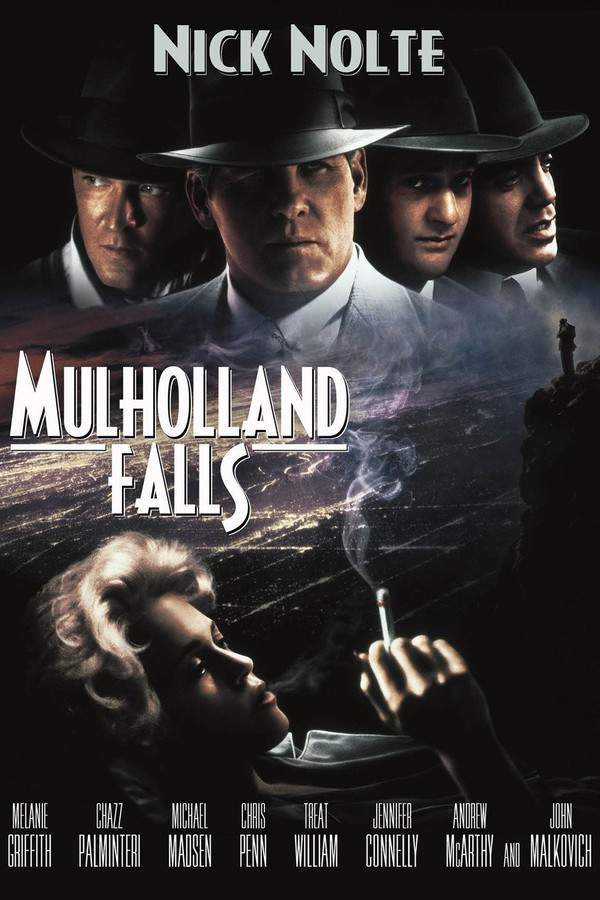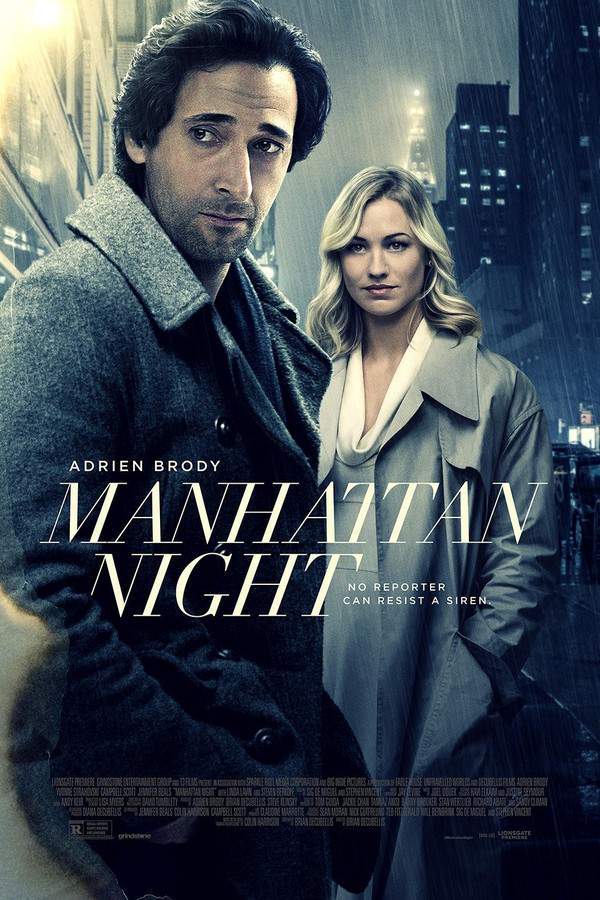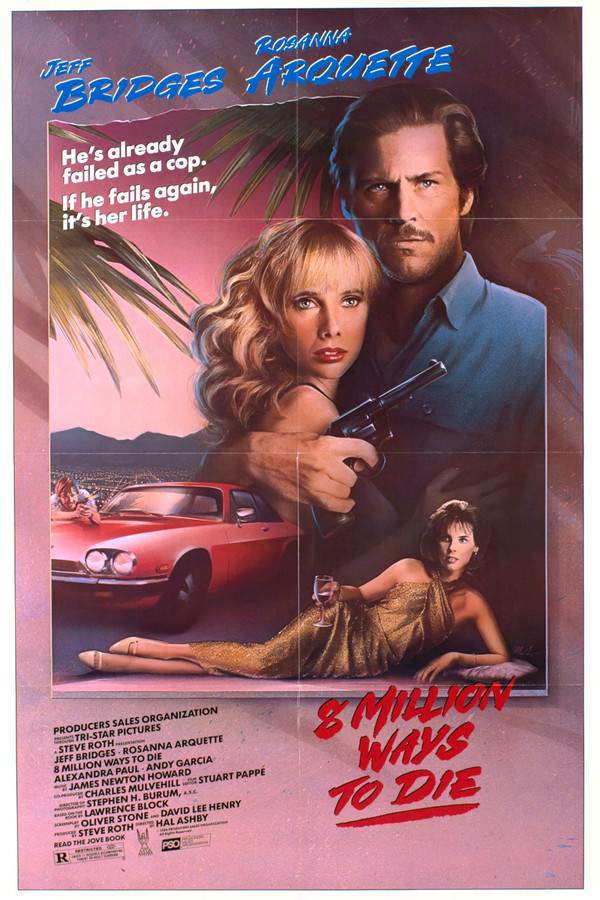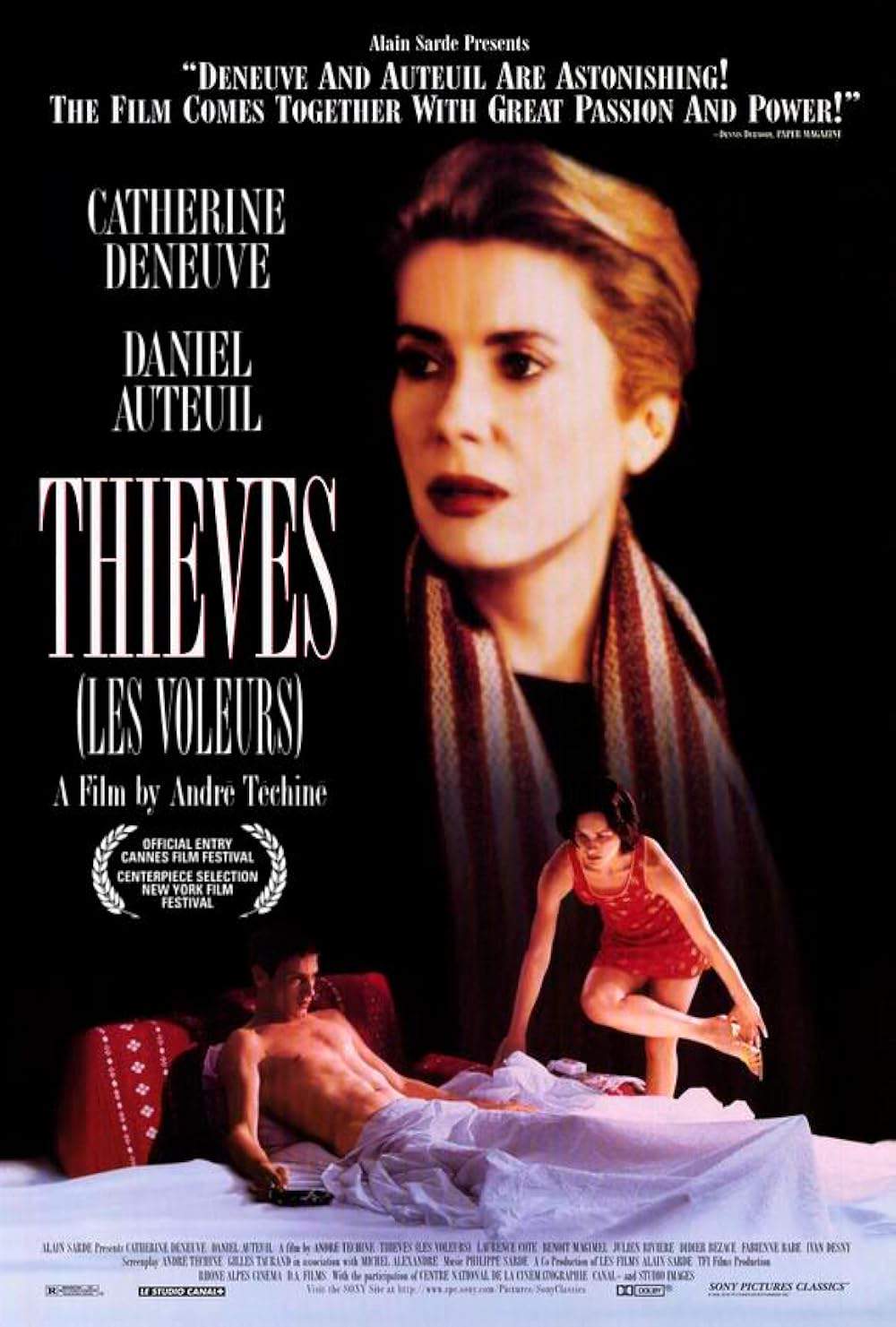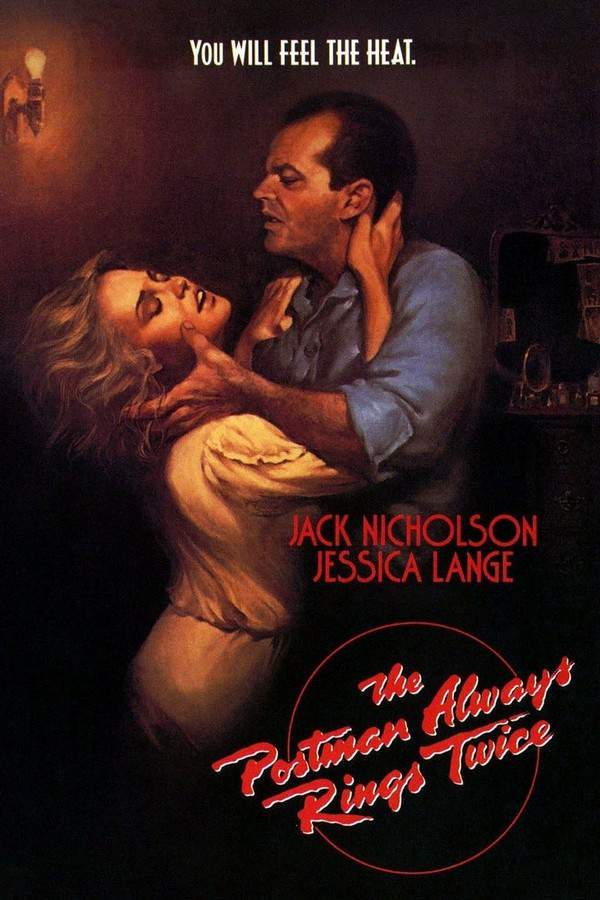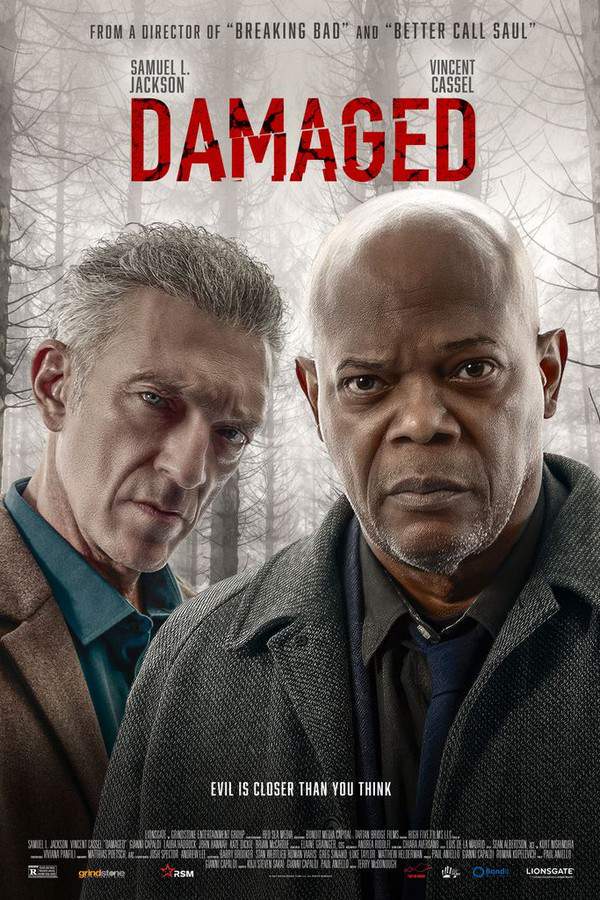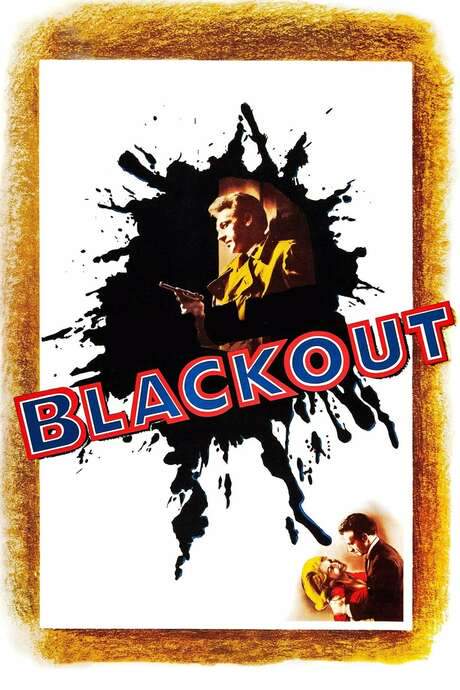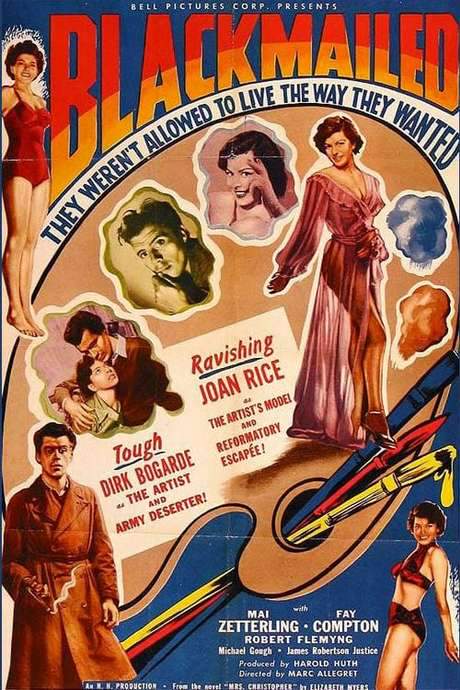
Black Angel
Year: 1946
Runtime: 81 mins
Language: English
Director: Roy William Neill
Catherine, the wife of a man wrongfully convicted of murder, joins forces with Martin, an alcoholic composer‑pianist whose own wife—a blonde singer—was the victim. Together they investigate the crime, hoping to prove Catherine’s husband innocent and uncover the true killer.
Warning: spoilers below!
Haven’t seen Black Angel yet? This summary contains major spoilers. Bookmark the page, watch the movie, and come back for the full breakdown. If you're ready, scroll on and relive the story!
Black Angel (1946) – Full Plot Summary & Ending Explained
Read the complete plot breakdown of Black Angel (1946), including all key story events, major twists, and the ending explained in detail. Discover what really happened—and what it all means.
Marty Blair, an alcoholic pianist and composer, watches as his anniversary plans collide with a bitter reality: he longs to see his ex-wife Mavis Marlowe, but she refuses to see him, even after he sends her a giant ruby brooch. She orders the doorman to keep him out, and when Marty tries to enter, the doorman — Dick Wessel — firmly ejects him. Disheartened and furious, he sinks to the sidewalk, noticing another man being admitted to her swanky building. The sight stings him deeper, and he trudges to his corner bar to drown his sorrows in drink.
That same evening, Kirk Bennett arrives to visit Mavis. He is allowed upstairs by the same doorman, but tragedy strikes inside: Mavis is murdered, and a suspect emerges as a missing ruby brooch vanishes from her dress. A prowler is heard in the apartment, and Kirk searches for the intruder, who slips away. As the scene unfolds, the public face of danger shifts, and the missing brooch becomes a crucial clue in a case spiraling out of control.
Seen fleeing the chaos, the married Kirk Bennett is soon captured by Captain Flood of the Los Angeles Police Department. Flood claims Mavis was blackmailing him to hide their affair but cannot prove who else might have been in the apartment that night. The evidence is thin, and Kirk is ultimately convicted of murder and sentenced to death, leaving his wife Catherine Bennett to fight for an innocence she’s not sure still exists.
Catherine, a steadfast yet practical woman, refuses to abandon her husband and begins her own determined investigation. She follows the threads of a man’s alibi, some misdirection, and the fragile support of people who know Marty Blair from the corners of his life. A mothering friend who tends to Marty during his bouts of drinking clears him in ways the police have not, strengthening Catherine’s resolve to dig deeper into the case and its tangled motives.
The trail leads them to a nightclub owned by the enigmatic Marko, where Catherine and Marty, now working together in a more intimate way, decide to go undercover as a performing duo to get closer to the truth. Marty, ever perceptive, notices an envelope from Mavis’ personal stationery in Marko’s office, a finding that suggests the blackmail thread ties back to her. When Catherine proposes a quiet search in Marko’s absence, Flood arrives to keep a lid on things, and Marko admits he had been blackmailing Mavis over his ex-con past, but insists the missing brooch isn’t in his safekeeping. The suspect is cleared, yet the mystery remains.
As their investigation deepens, Catherine and Marty’s partnership in both detective work and music grows stronger. Their onstage act brings a new sense of glamour into Marty’s life, and for a while, he manages to stay sober. The emotional tension blossoms into something more personal when Marty confesses his love for Catherine on the eve of Kirk’s scheduled execution. Catherine, however, makes it clear that Kirk has always been the man she loves, and she remains committed to him, even as she respects Marty’s feelings.
The emotional strain drives Marty toward a desperate drinking spree, and a twist of fate pushes him toward a dramatic discovery. In a euphoric haze, he encounters a woman wearing a missing brooch, and a fleeting memory jolts him: perhaps he himself placed the brooch on that woman the night of the murder. A painful flashback crystallizes the truth: Marty had strangled Mavis and taken the brooch, then used the janitor’s access to reach her apartment while the doorman’s attention was elsewhere.
Marty tries to contact Flood to confess in time to save Kirk, but Flood is tied up on another case. After several failed attempts, he leaves a message for Flood to call him at Catherine’s home, only to be found asleep when the phone finally rings.
Come daylight, Catherine returns from visiting Kirk in prison to say a final goodbye. She awakens Marty, who begins to confess, while Flood arrives to listen in. The story—so improbable it feels almost fantastical—has a haunting sense of inevitability as the missing brooch clenches the situation. Flood makes a crucial call to the governor to request a stay of execution, and the immediate outcome seems to be that Kirk will be saved. Still, the truth lingers in the shadows: the confession, the guilt, and the complicated loyalties that tie these characters together.
In the end, the fog of misdirection clears in a way that brings a painful balance to everyone involved. Kirk’s fate is saved for the moment, Catherine’s marriage endures in a difficult compromise, and Marty’s revelation leaves a lasting stain on the night’s events. The film closes on the uneasy note that truth can be as fragile as memory, and the people who seek it must live with the consequences of what they discover.
Last Updated: October 09, 2025 at 09:27
Explore Movie Threads
Discover curated groups of movies connected by mood, themes, and story style. Browse collections built around emotion, atmosphere, and narrative focus to easily find films that match what you feel like watching right now.
Noir Investigations Shaped by Fatalistic Melancholy like in Black Angel
Where solving a crime exposes deeper tragedies of flawed characters.Explore movies like Black Angel, where a crime investigation is steeped in melancholic fatalism. These noir and crime dramas focus on the emotional and psychological toll on the characters, often revealing tragic truths and flawed human nature, for viewers who appreciate atmospheric tension over straightforward suspense.
Narrative Summary
The narrative typically follows a crime investigation, but the central conflict is as much internal as external. Driven by a personal stake or tragic flaw, the protagonist's pursuit of answers leads them through a morally ambiguous world, ultimately uncovering a truth that is as saddening as it is illuminating.
Why These Movies?
These movies are grouped by their shared dark tone, melancholic mood, and a focus on character-driven desperation within a crime framework. The experience is defined by a steady, atmospheric build of tension that prioritizes emotional weight and tragic outcomes over tidy resolutions.
Movies with Unlikely Duos Bound by Shared Tragedy like in Black Angel
Two broken individuals form a desperate alliance to uncover a painful truth.If you liked the partnership in Black Angel, discover other films where an investigation brings together two flawed characters bound by tragedy. These stories focus on the dynamic between unlikely allies, often dealing with heavy themes like loss and addiction, as they search for a truth that personally devastates them.
Narrative Summary
The plot is catalyzed by a crime or tragic event that personally impacts both main characters. They are initially strangers or acquaintances, each carrying significant emotional baggage. Their collaboration becomes a journey of mutual reliance and revelation, where solving the mystery also forces them to confront their own inner turmoil.
Why These Movies?
Movies in this thread share a focus on the compelling, often bittersweet dynamic between two damaged protagonists. The similarity lies in the heavy emotional weight of their shared mission, the steady pacing of their investigative journey, and the psychological depth given to both characters.
Unlock the Full Story of Black Angel
Don't stop at just watching — explore Black Angel in full detail. From the complete plot summary and scene-by-scene timeline to character breakdowns, thematic analysis, and a deep dive into the ending — every page helps you truly understand what Black Angel is all about. Plus, discover what's next after the movie.
Black Angel Timeline
Track the full timeline of Black Angel with every major event arranged chronologically. Perfect for decoding non-linear storytelling, flashbacks, or parallel narratives with a clear scene-by-scene breakdown.

Characters, Settings & Themes in Black Angel
Discover the characters, locations, and core themes that shape Black Angel. Get insights into symbolic elements, setting significance, and deeper narrative meaning — ideal for thematic analysis and movie breakdowns.

More About Black Angel
Visit What's After the Movie to explore more about Black Angel: box office results, cast and crew info, production details, post-credit scenes, and external links — all in one place for movie fans and researchers.

Similar Movies to Black Angel
Discover movies like Black Angel that share similar genres, themes, and storytelling elements. Whether you’re drawn to the atmosphere, character arcs, or plot structure, these curated recommendations will help you explore more films you’ll love.
Explore More About Movie Black Angel
Black Angel (1946) Scene-by-Scene Movie Timeline
Black Angel (1946) Movie Characters, Themes & Settings
Black Angel (1946) Spoiler-Free Summary & Key Flow
Movies Like Black Angel – Similar Titles You’ll Enjoy
Paint It Black (1989) Complete Plot Breakdown
Arabella: Black Angel (1989) Ending Explained & Film Insights
Angela Black (1000) Full Summary & Key Details
Blackout (1954) Full Movie Breakdown
Blackmail (1929) Spoiler-Packed Plot Recap
The Black Angel (1994) Full Summary & Key Details
A Black Veil for Lisa (1968) Full Summary & Key Details
Black Angel (1998) Detailed Story Recap
The Bride Wore Black (1968) Spoiler-Packed Plot Recap
Angel Face (1952) Film Overview & Timeline
Black Widow (1954) Spoiler-Packed Plot Recap
Angel’s Dance (1999) Ending Explained & Film Insights
Blackmailed (1951) Detailed Story Recap
The Blackbird (1926) Plot Summary & Ending Explained
Black Angel 2 (1999) Complete Plot Breakdown


